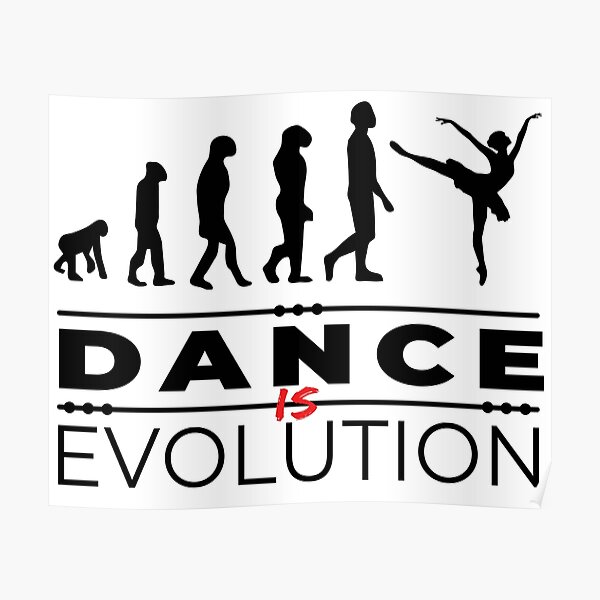Dance has been an integral part of human culture for centuries, and its evolution has been shaped by a variety of factors, including social, cultural, and technological developments.
One of the earliest forms of dance can be traced back to ancient civilizations, where dance was often used in religious ceremonies and rituals. These dances often had specific meanings and were used to tell stories or convey messages to the community.
As civilizations developed and became more complex, dance began to take on a more social function. It became a way for people to come together and celebrate important events, such as weddings and festivals. In many cultures, dance was also used as a way to entertain and tell stories through movement.
During the Renaissance, dance became more formalized, with the development of ballroom dancing and the codification of specific dance steps and techniques. This period saw the emergence of professional dancers and the creation of dance schools, which helped to spread the art form and make it more accessible to the general public.
In the modern era, dance has continued to evolve and diversify. With the advent of new technologies, such as the radio, television, and internet, dance has become a global phenomenon, with people from all over the world able to access and learn about different styles and techniques.
In addition, the rise of popular culture has led to the emergence of new dance styles, such as hip hop, breakdancing, and electronic dance music (EDM), which have become popular around the world. These styles have also given rise to new subcultures and communities, with people coming together to share their love of dance.
Overall, the evolution of dance has been influenced by a variety of factors, including social, cultural, and technological developments. It has undergone significant changes over time, and will continue to evolve as new styles and techniques emerge in the future.





